What's wrong with our tomato?
jenn
12 years ago
Related Stories

COLOR8 Color Palettes You Can't Get Wrong
Can't decide on a color scheme? Choose one of these foolproof palettes for a room that feels both timeless and fresh
Full Story
GARDENING GUIDESCalifornia Gardener's June Checklist
Update your hydrangeas, catch up on tomatoes and more ways to enjoy your California garden in June
Full Story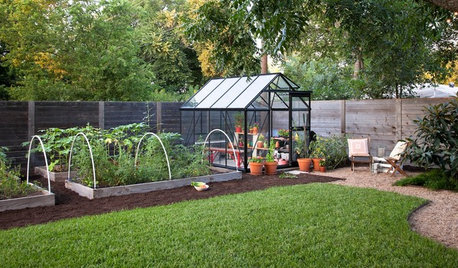
EDIBLE GARDENSA Formerly Weedy Lot Now Brims With Edibles and Honeybees
Photographers transform their barren backyard into an oasis filled with fruit, vegetables, honey, eggs and more
Full Story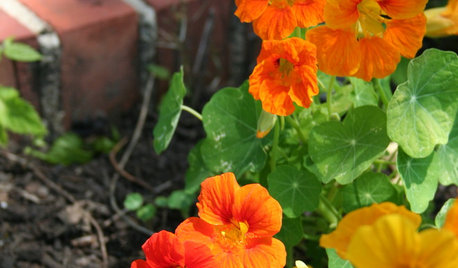
GARDENING GUIDESDon’t Let These Excuses Keep You From Gardening
Stop blaming your lack of experience, space, time and funds, and get on with the joy of garden making
Full Story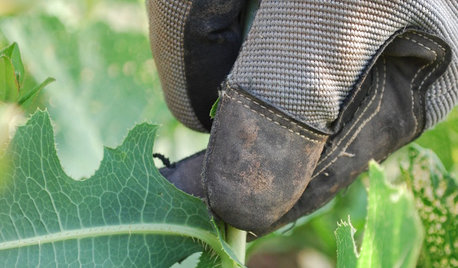
LIFEPortrait of a Terribly Good Neighbor
Sometimes the best kind of neighbor isn't the kind you'd expect
Full Story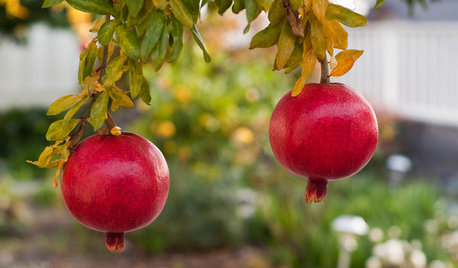
GARDENING GUIDESNorthern California Gardener's October Checklist
It's still a great time to plant flowers, vegetables and even bulbs in California gardens this month, thanks to predictably mild weather
Full Story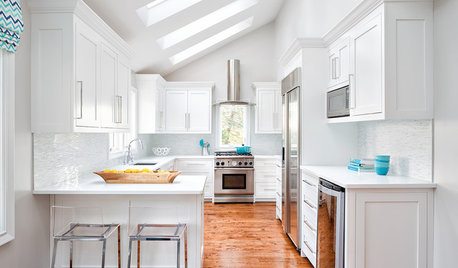
ORGANIZINGThe Case for Hidden Storage
Imagine how much more peaceful your home would feel with cleared surfaces. And that’s just one reason to stow your supplies
Full Story
GARDENING GUIDESGet a Head Start on Planning Your Garden Even if It’s Snowing
Reviewing what you grew last year now will pay off when it’s time to head outside
Full Story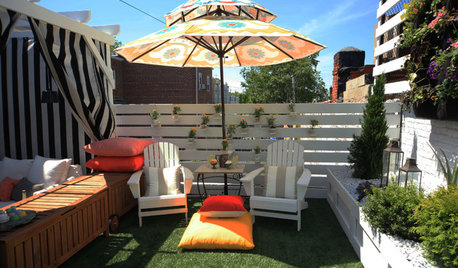
EDIBLE GARDENSTake Refuge in an Iced Tea Garden
Cultivate the fine art of lounging in the shade and sipping a cold beverage
Full Story
KITCHEN DESIGNAlternatives to Granite Countertops, Part II
Still looking for a new kind of countertop? Try sodalite, zinc, limestone, onyx and more
Full StoryMore Discussions






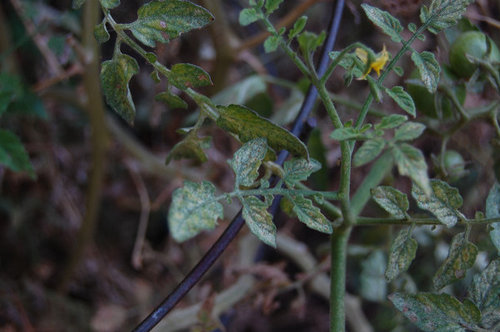

jennOriginal Author
yumtomatoes
Related Professionals
Battle Ground Landscape Contractors · Davidson Landscape Contractors · La Mirada Landscape Contractors · Paramount Landscape Contractors · Saint Paul Landscape Contractors · Weymouth Landscape Contractors · Palos Hills Landscape Contractors · East Norriton Landscape Contractors · Silver Firs Landscape Contractors · Meadville General Contractors · Troutdale General Contractors · Chesapeake Ranch Estates Stone, Pavers & Concrete · Boone Decks, Patios & Outdoor Enclosures · Methuen Decks, Patios & Outdoor Enclosures · Statesville Decks, Patios & Outdoor Enclosuresyumtomatoes
yumtomatoes
carolyn137
jennOriginal Author
jennOriginal Author
yumtomatoes
jean001a
yumtomatoes
carolyn137
jennOriginal Author
zzackey
johnpeter